- Clone
- HAE-1f (See other available formats)
- Regulatory Status
- RUO
- Other Names
- E-selectin, ELAM-1, LECAM-1
- Isotype
- Mouse IgG1, κ
- Ave. Rating
- Submit a Review
- Product Citations
- publications
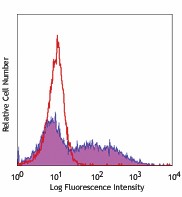
-

TNF-α-stimulated (6hr) HUVEC cells stained with CD62E (clone HAE-1f) APC
| Cat # | Size | Price | Save |
|---|---|---|---|
| 336011 | 25 tests | ¥31,240 | |
| 336012 | 100 tests | ¥69,080 |
CD62E (also known as E-selectin, ELAM-1, and LECAM-1) is a 115 kD type I membrane protein and a member of the selectin family. CD62E is highly expressed on activated endothelial cells (IL-2, TNF-α, other cytokines can increase expression) and can also be expressed on endothelial cells in the skin, bone marrow and placenta. CD62E is involved in tethering and leucocyte rolling on activated endothelium at inflammatory sites and may also play a role in tumor metastasis and angiogenesis. CD62E binds to both Siayl Lewis X (CD15s) and PSGL-1 (CD162).The HAE-1f antibody has been shown to recognize human CD62E and to be useful for flow cytometry and in vitro blocking.
Product DetailsProduct Details
- Verified Reactivity
- Human
- Antibody Type
- Monoclonal
- Host Species
- Mouse
- Formulation
- Phosphate-buffered solution, pH 7.2, containing 0.09% sodium azide and BSA (origin USA)
- Preparation
- The antibody was purified by affinity chromatography, and conjugated with APC under optimal conditions.
- Concentration
- Lot-specific (to obtain lot-specific concentration and expiration, please enter the lot number in our Certificate of Analysis online tool.)
- Storage & Handling
- The antibody solution should be stored undiluted between 2°C and 8°C, and protected from prolonged exposure to light. Do not freeze.
- Application
-
FC - Quality tested
- Recommended Usage
-
Each lot of this antibody is quality control tested by immunofluorescent staining with flow cytometric analysis. For flow cytometric staining, the suggested use of this reagent is 5 µl per million cells in 100 µl staining volume or 5 µl per 100 µl of whole blood.
- Excitation Laser
-
Red Laser (633 nm)
- Application Notes
-
Additional reported applications: blocks CD62E binding to its ligand
-
Application References
(PubMed link indicates BioLegend citation) -
- Tu L, et al. 1996. J. Immunol. 157:3995
- Zhang Y and S. Neelamegham. 2002. Biophys. J. 83:1934
- Product Citations
-
- RRID
-
AB_2254490 (BioLegend Cat. No. 336011)
AB_2186829 (BioLegend Cat. No. 336012)
Antigen Details
- Structure
- Member of the selectin family, 115 kD type I membrane protein; contains one C-type lectin domain and one EGF-like domain
- Distribution
-
Highly expressed on activated endothelial cells (IL-2, TNF-α), other cytokines can increase expression); can also be expressed on endothelial cells in the skin, bone marrow and placenta.
- Function
- Involved in tethering and leucocyte rolling on activated endothelium at inflammatory sites, may also play a role in tumor metastasis and angiogenesis
- Ligand/Receptor
- Siayl Lewis X (CD15s) and PSGL-1 (CD162) bind to CD62E. Recently, CLA (cutaneous lymphocyte antigen) has also been reported in interact with CD62E
- Cell Type
- Endothelial cells
- Biology Area
- Angiogenesis, Cell Biology, Immunology, Neuroscience, Neuroscience Cell Markers
- Molecular Family
- Adhesion Molecules, CD Molecules
- Antigen References
-
1. Collins T, et al. 1991. J. Biol. Chem. 266:2466
2. Bevilacqua MP, et al. 1987. Proc. Natl. Acad. Sci. USA 84:9238
3. Berg EL, et al. 1991. J. Exp. Med. 174:1461.
4. Lawrence MB, et al. 1993. J. Immunol. 151:6338.
5. Walz G, et al. 1990. Science 250:1132 - Gene ID
- 6401 View all products for this Gene ID
- UniProt
- View information about CD62E on UniProt.org
Other Formats
View All CD62E Reagents Request Custom Conjugation| Description | Clone | Applications |
|---|---|---|
| Purified anti-human CD62E | HAE-1f | FC |
| PE anti-human CD62E | HAE-1f | FC |
| APC anti-human CD62E | HAE-1f | FC |
| PE/Cyanine7 anti-human CD62E | HAE-1f | FC |
| TotalSeq™-C0248 anti-human CD62E | HAE-1f | PG |
| TotalSeq™-B0248 anti-human CD62E Antibody | HAE-1f | PG |
Customers Also Purchased
Compare Data Across All Formats
This data display is provided for general comparisons between formats.
Your actual data may vary due to variations in samples, target cells, instruments and their settings, staining conditions, and other factors.
If you need assistance with selecting the best format contact our expert technical support team.
-
Purified anti-human CD62E
-
PE anti-human CD62E

TNF-α-stimulated (6hr) HUVEC cells stained with CD62E ... -
APC anti-human CD62E
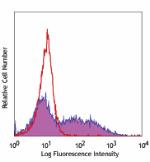
TNF-α-stimulated (6hr) HUVEC cells stained with CD62E (clone... -
PE/Cyanine7 anti-human CD62E

TNF-a-stimulated (6 hours) HUVEC cells stained with CD62E (c... -
TotalSeq™-C0248 anti-human CD62E
-
TotalSeq™-B0248 anti-human CD62E Antibody










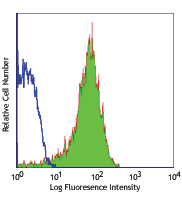
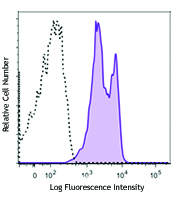
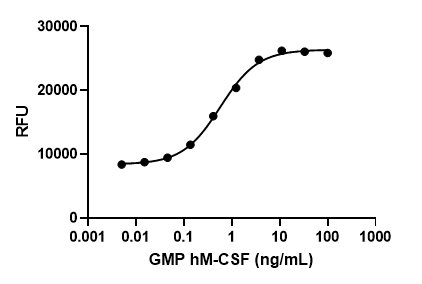
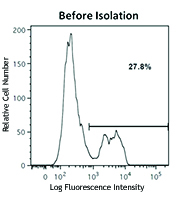



Follow Us